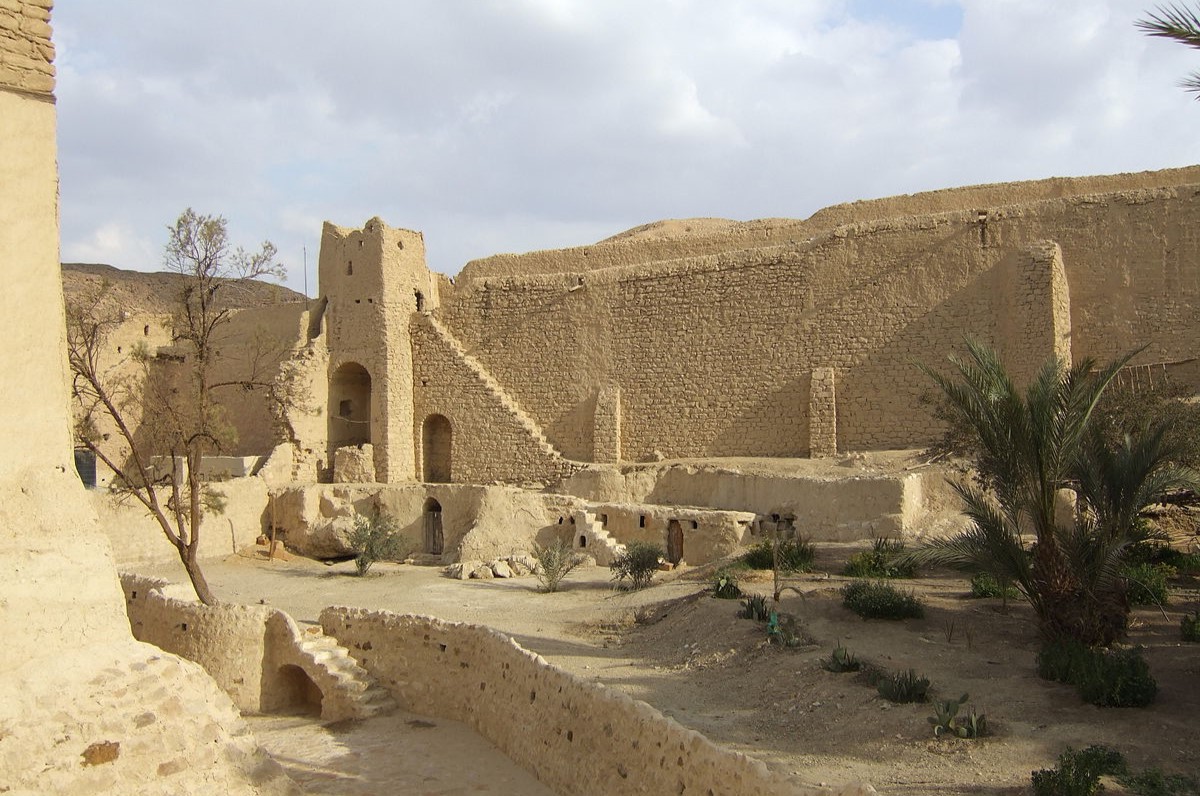
The Monastery of Saint Paul the Anchorite is a hidden gem nestled in Egypt's Eastern Desert. This ancient site, also known as the Monastery of the Tigers, holds a rich history dating back to the 4th century. Why is it significant? Because it is one of the oldest Christian monasteries in the world, founded by Saint Paul of Thebes, who is considered the first Christian hermit. The monastery's architecture, adorned with beautiful frescoes and ancient manuscripts, offers a glimpse into early Christian monastic life. What makes it unique? Its remote location and the fact that it has been continuously inhabited by monks for over 1,600 years. This sacred place not only serves as a spiritual retreat but also as a testament to the enduring legacy of early Christian monasticism.
The Origins of the Monastery
The Monastery of Saint Paul the Anchorite has a rich history that dates back centuries. Let's dive into some fascinating facts about this ancient site.
-
Founded in the 4th Century: The monastery was established in the 4th century AD, making it one of the oldest Christian monasteries in the world.
-
Named After Saint Paul the Anchorite: It was named after Saint Paul the Anchorite, who is considered the first Christian hermit. He lived in a cave near the site for over 90 years.
Architectural Marvels
The monastery's architecture is a testament to its long-standing history and the craftsmanship of its builders.
-
Built into a Cliff: The monastery is partially built into a cliff, providing natural protection and a serene environment for contemplation.
-
Ancient Frescoes: Inside, you'll find ancient frescoes that date back to the early days of the monastery. These artworks depict biblical scenes and saints.
-
Cave Church: One of the most unique features is the cave church, where Saint Paul the Anchorite is said to have lived and prayed.
Spiritual Significance
The monastery holds great spiritual significance for many Christians around the world.
-
Pilgrimage Site: It is a popular pilgrimage site for Coptic Christians, who visit to pay their respects to Saint Paul the Anchorite.
-
Relics of Saint Paul: The monastery houses relics of Saint Paul the Anchorite, including his tunic made of palm leaves.
-
Monastic Life: The monastery continues to be a place of monastic life, with monks living in seclusion and dedicating their lives to prayer and work.
Natural Surroundings
The natural surroundings of the monastery add to its mystique and allure.
-
Desert Oasis: Located in Egypt's Eastern Desert, the monastery is an oasis of tranquility amidst the harsh desert landscape.
-
Palm Trees: The area around the monastery is dotted with palm trees, which provide shade and a source of food for the monks.
Historical Events
The monastery has witnessed numerous historical events over the centuries.
-
Attacks and Rebuilds: It has been attacked and rebuilt several times throughout history, including during the Arab conquest of Egypt.
-
Visited by Famous Figures: Over the years, it has been visited by many famous figures, including Christian scholars and explorers.
Modern-Day Monastery
Today, the Monastery of Saint Paul the Anchorite continues to thrive and attract visitors.
-
Restoration Efforts: Recent restoration efforts have helped preserve the monastery's ancient structures and artworks.
-
Tourist Attraction: It has become a popular tourist attraction, drawing visitors from around the world who are interested in its history and spiritual significance.
-
Cultural Heritage: The monastery is considered a cultural heritage site, reflecting the rich history and traditions of early Christian monasticism.
Final Thoughts on the Monastery of Saint Paul the Anchorite
The Monastery of Saint Paul the Anchorite stands as a testament to history, faith, and resilience. Nestled in Egypt's Eastern Desert, this ancient site offers a glimpse into the life of Saint Paul, one of Christianity's earliest hermits. With its rich history, unique architecture, and spiritual significance, the monastery attracts pilgrims and history buffs alike. Visitors can explore its ancient caves, chapels, and manuscripts, each telling a story of devotion and perseverance.
Beyond its historical and religious importance, the monastery also serves as a symbol of enduring faith. The monks who reside there continue traditions that have been passed down for centuries, maintaining a way of life that remains largely unchanged. Whether you're drawn by its historical allure or spiritual depth, the Monastery of Saint Paul the Anchorite offers a unique and enriching experience.
Was this page helpful?
Our commitment to delivering trustworthy and engaging content is at the heart of what we do. Each fact on our site is contributed by real users like you, bringing a wealth of diverse insights and information. To ensure the highest standards of accuracy and reliability, our dedicated editors meticulously review each submission. This process guarantees that the facts we share are not only fascinating but also credible. Trust in our commitment to quality and authenticity as you explore and learn with us.


